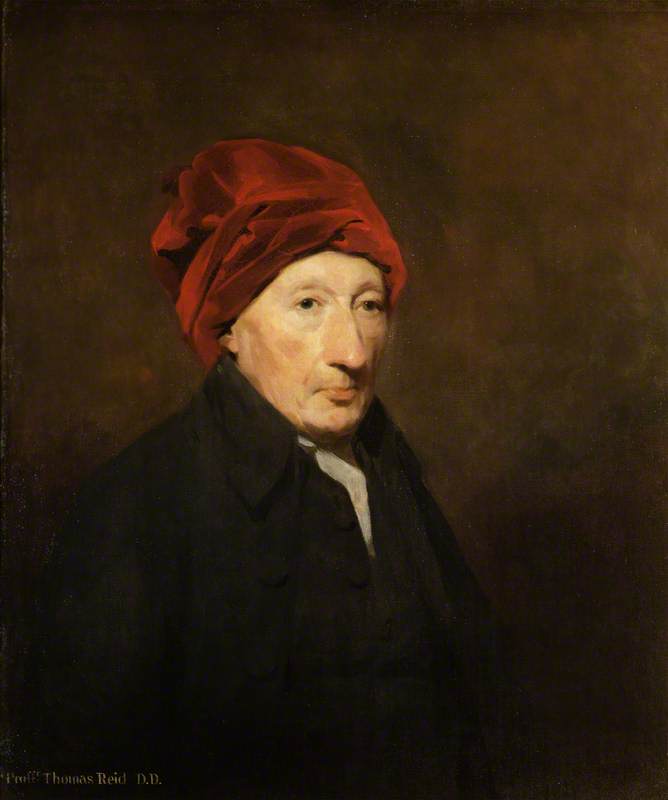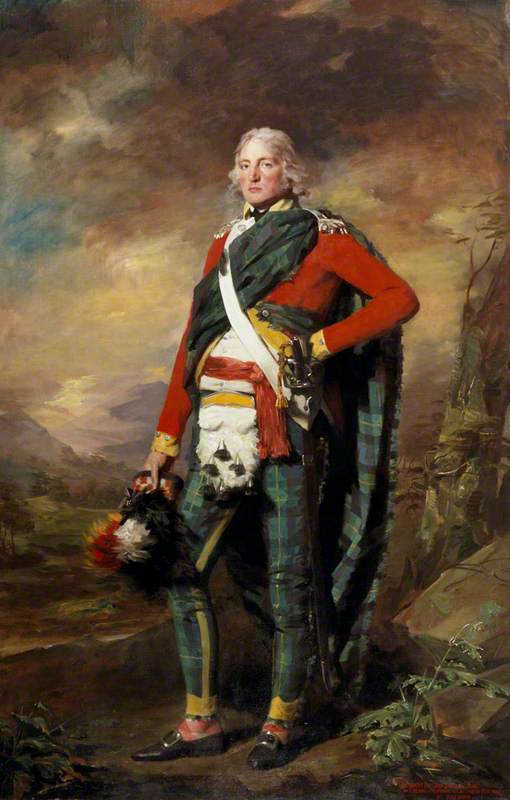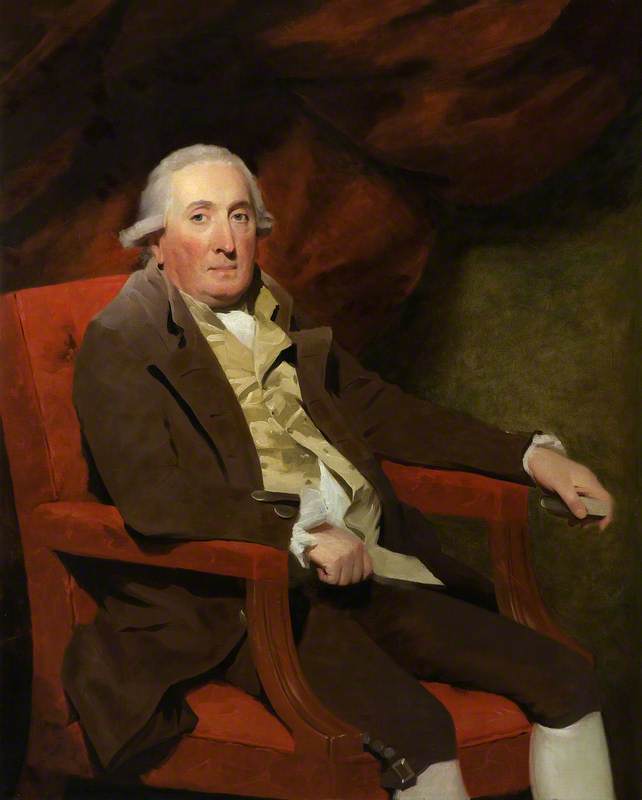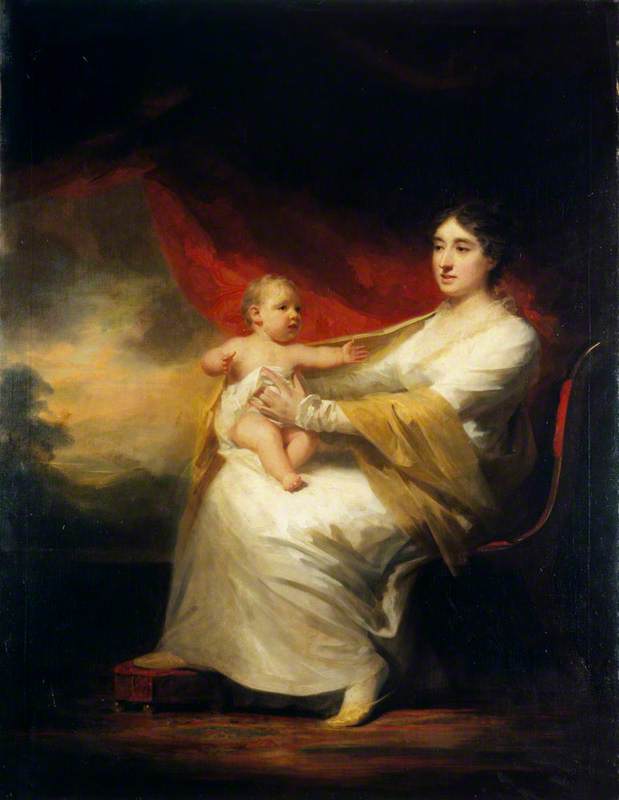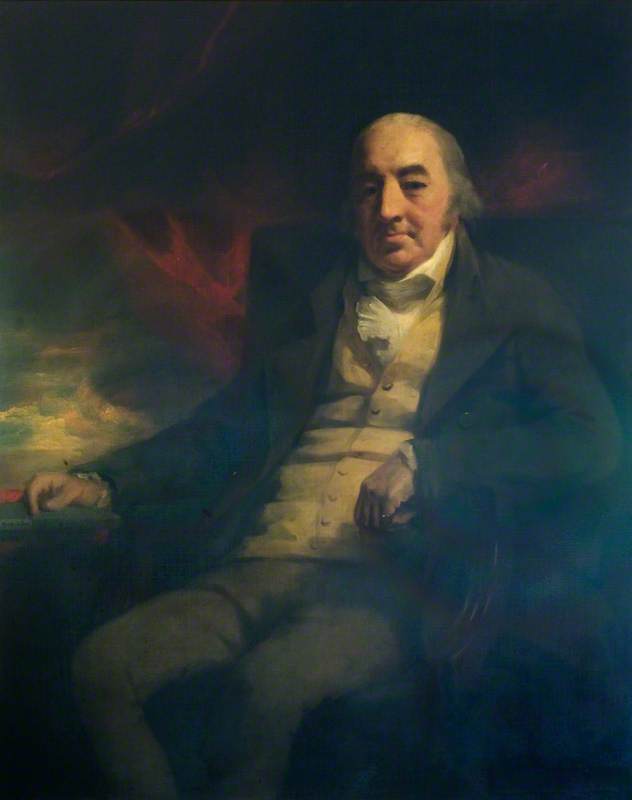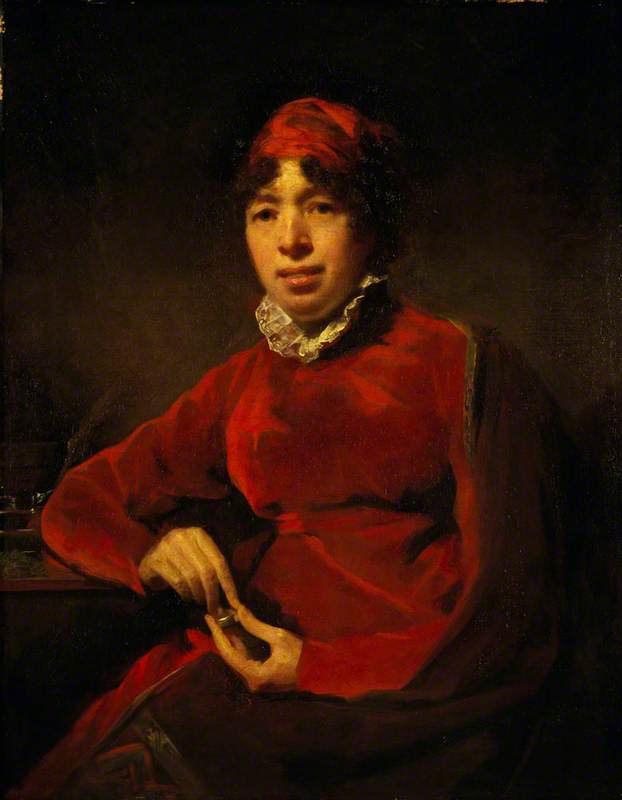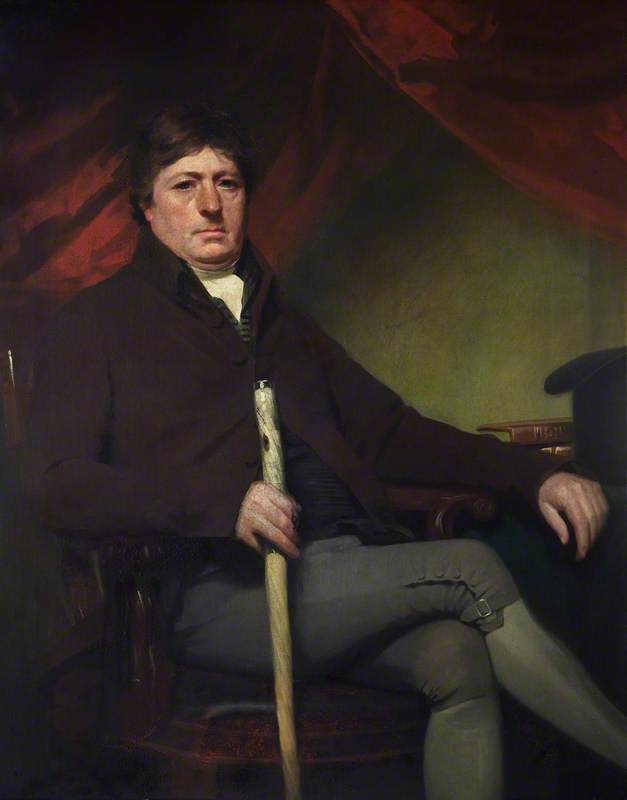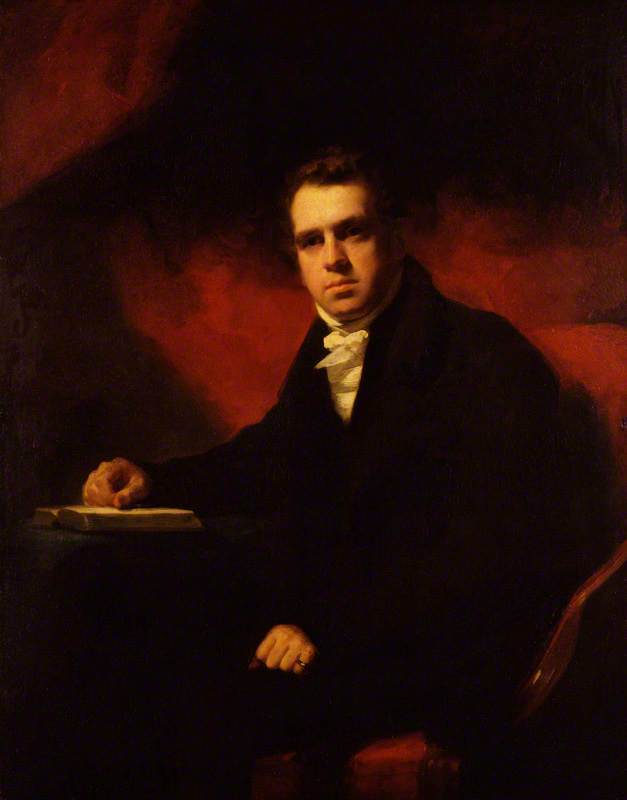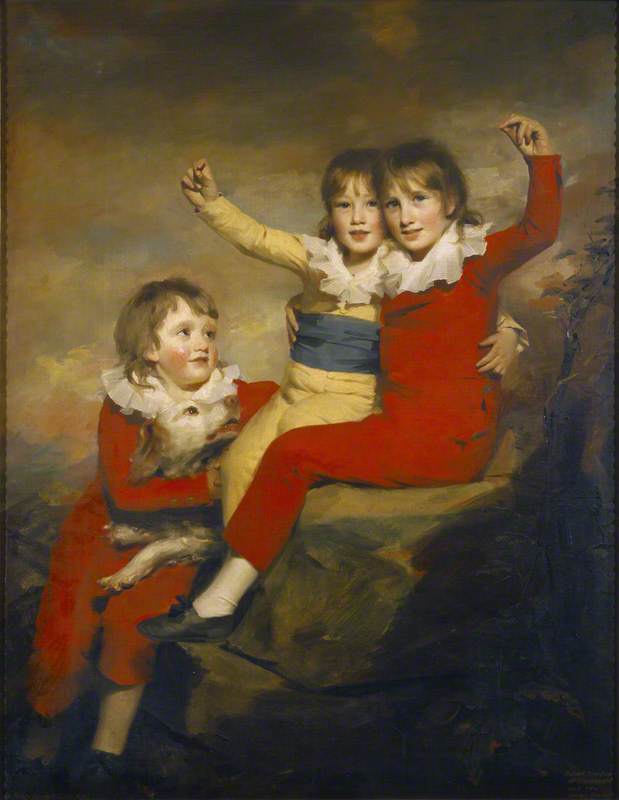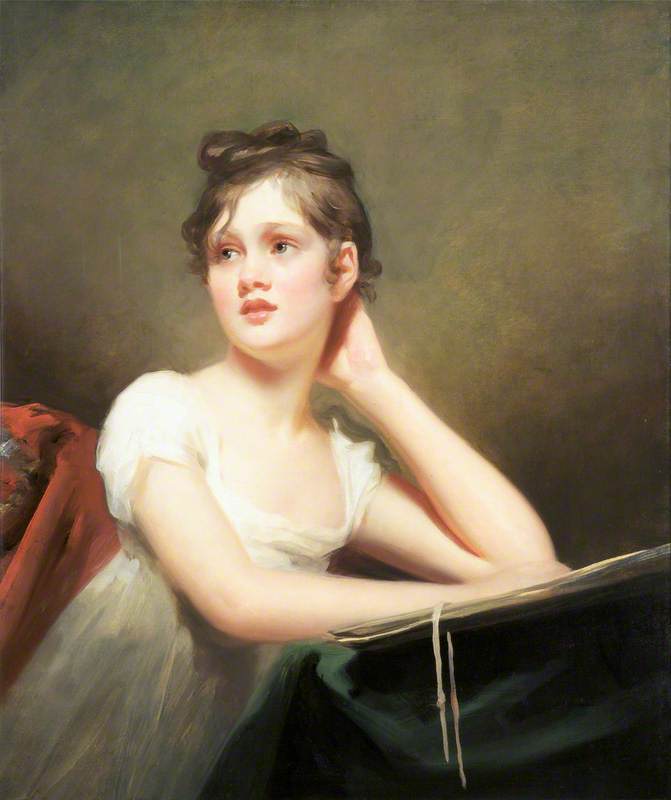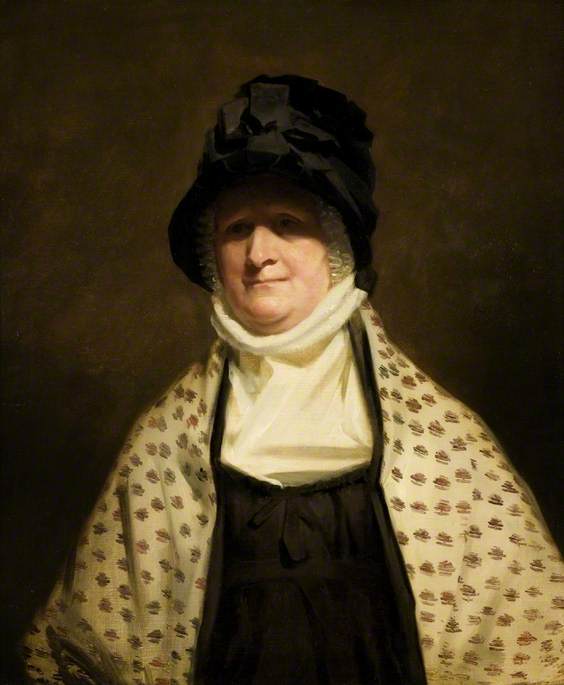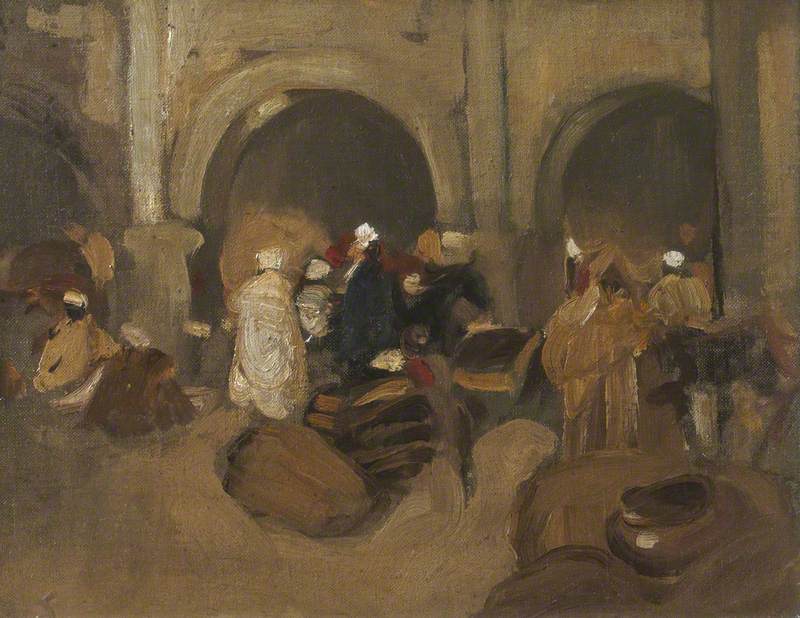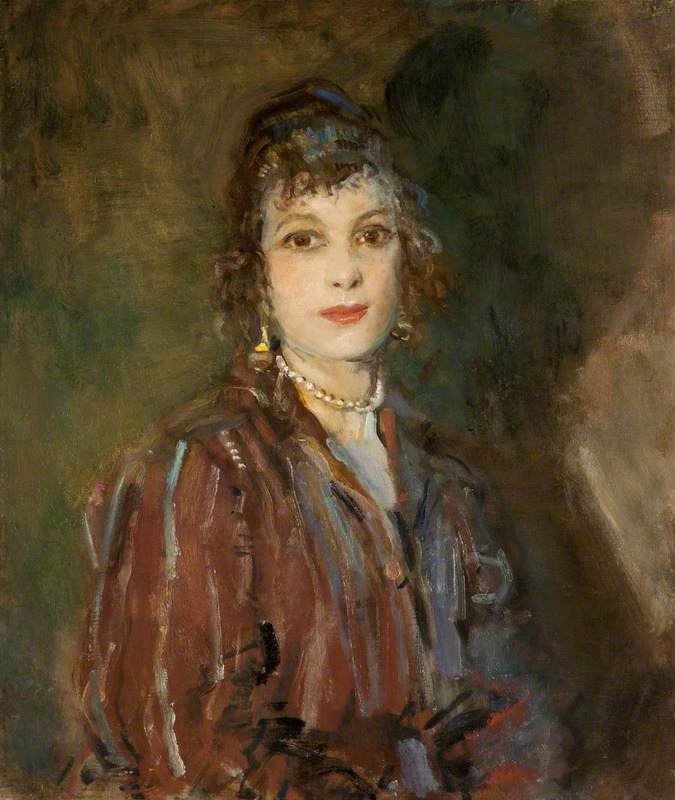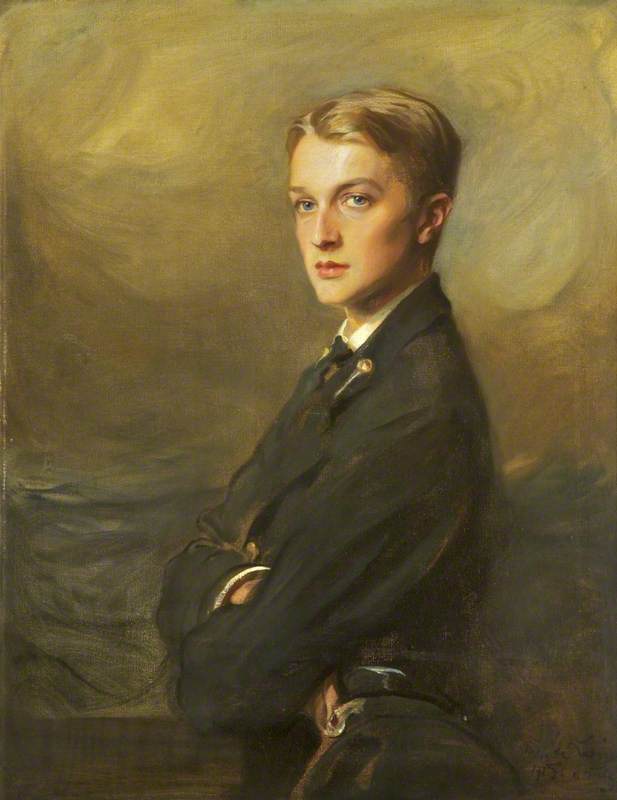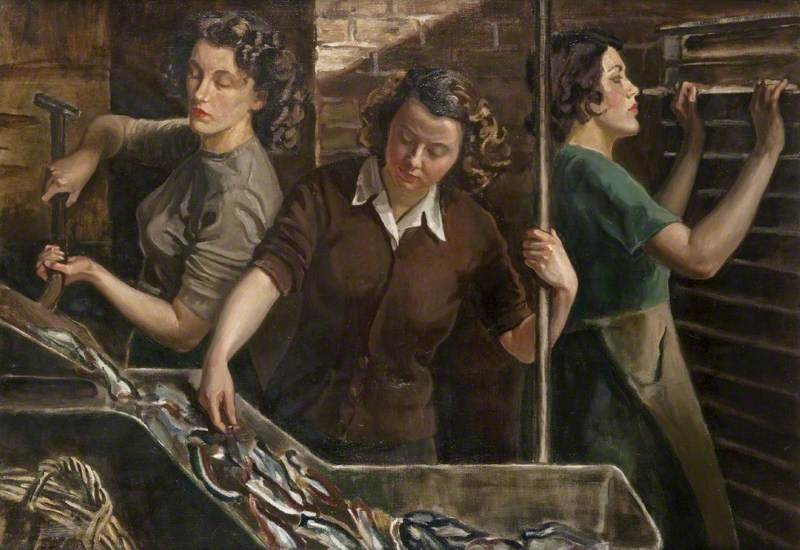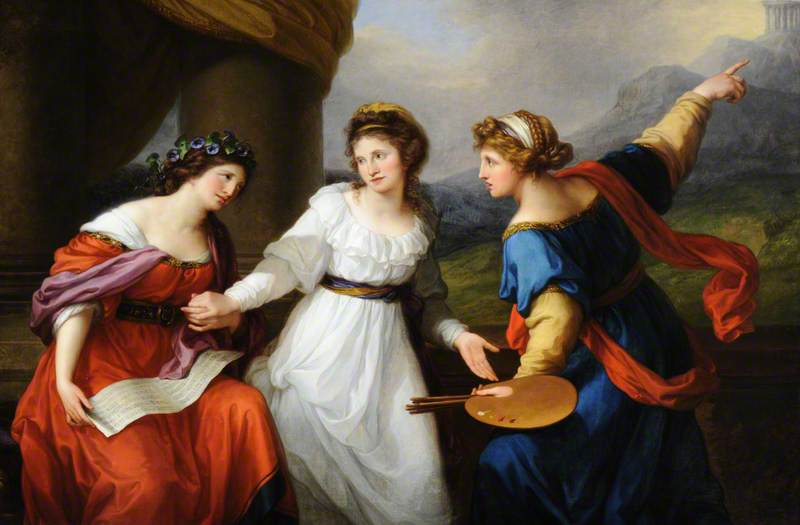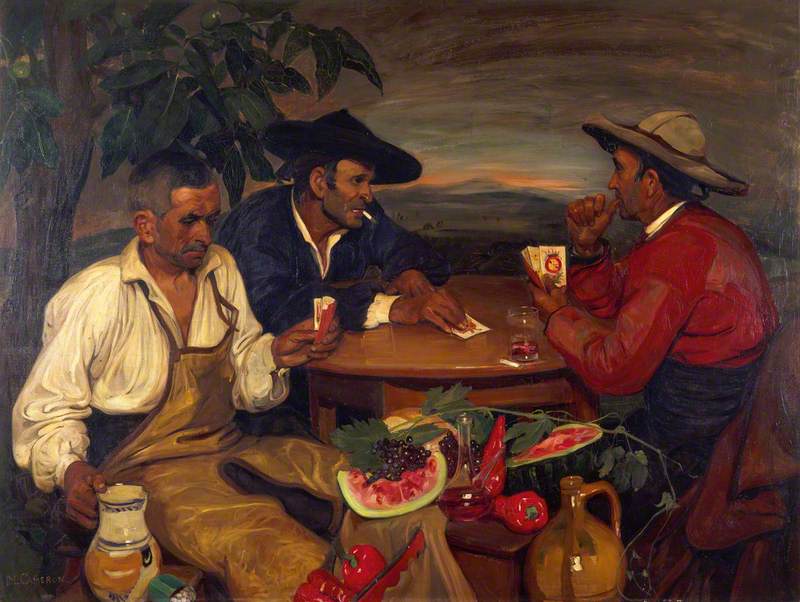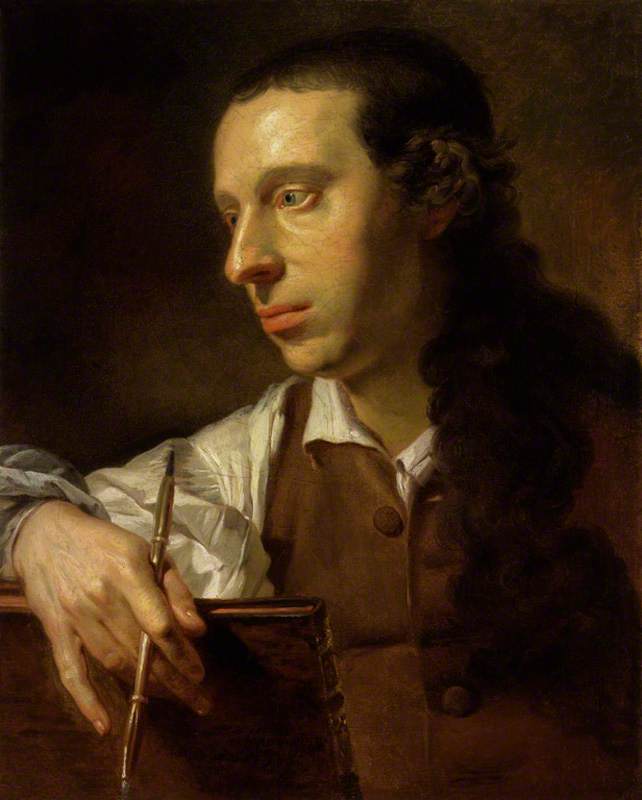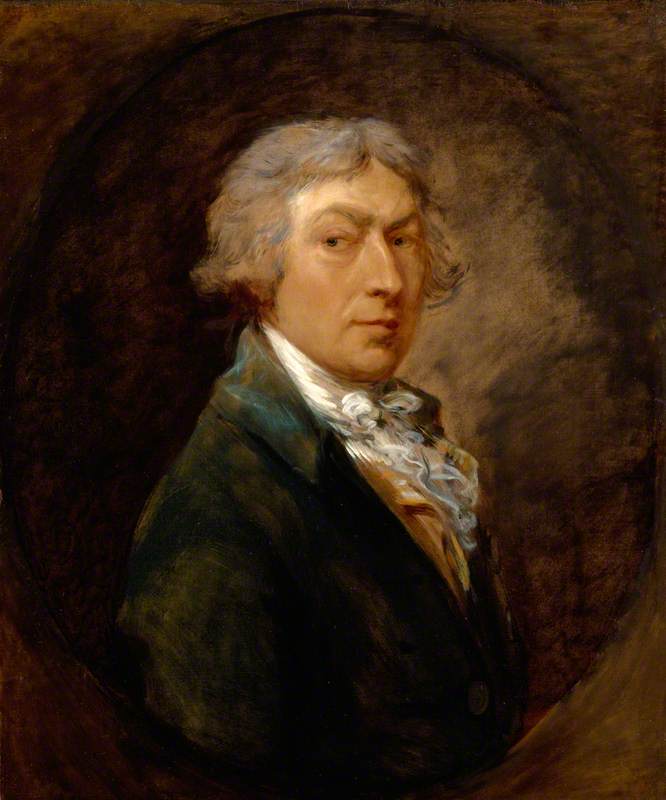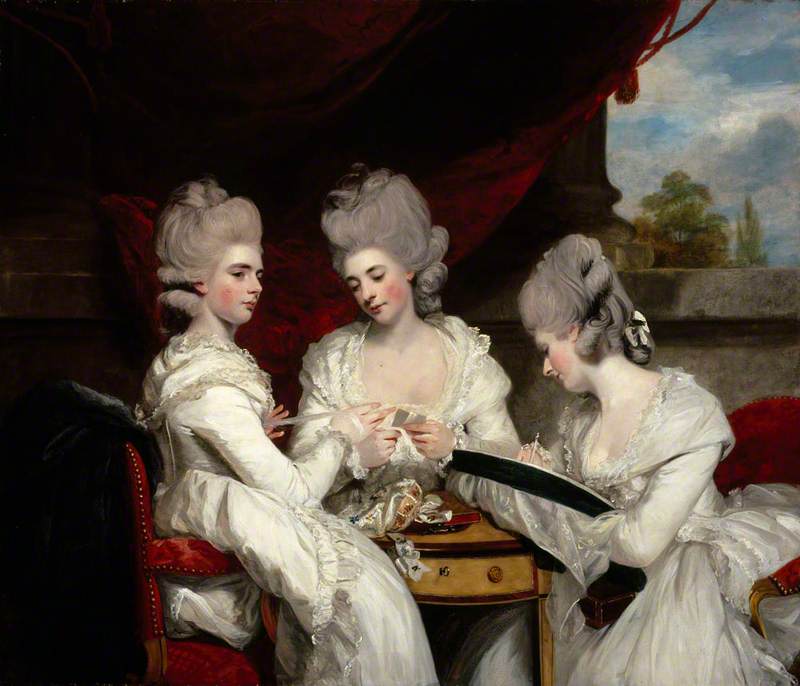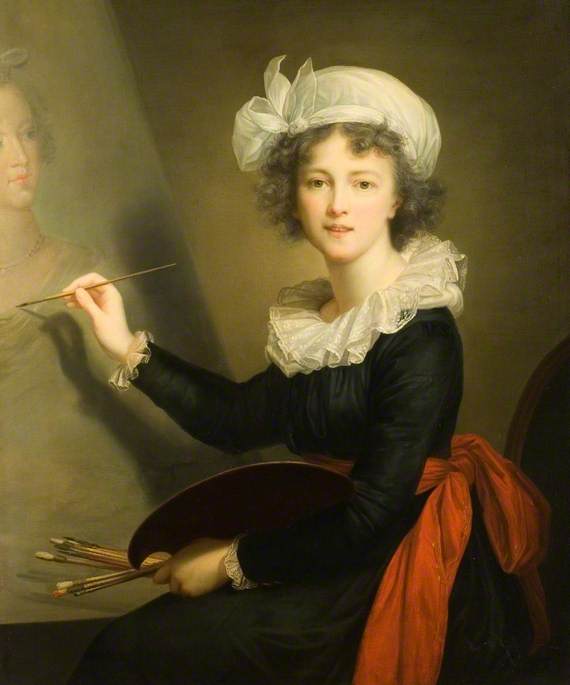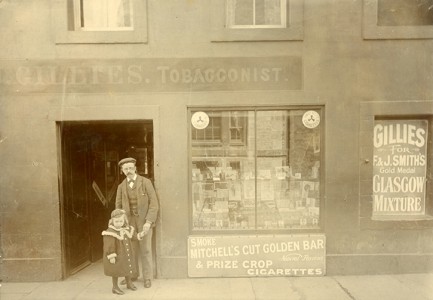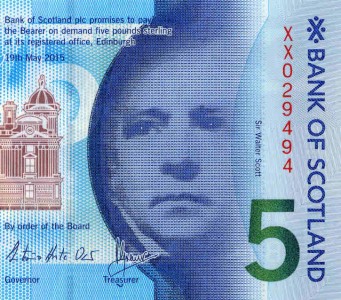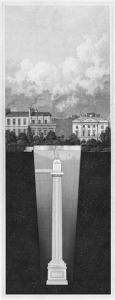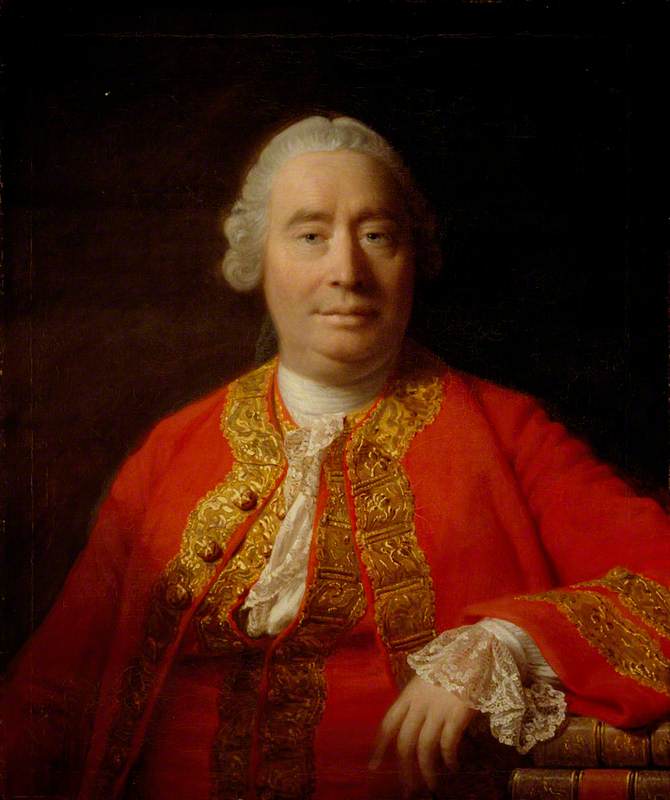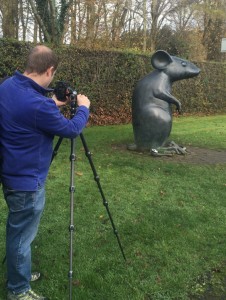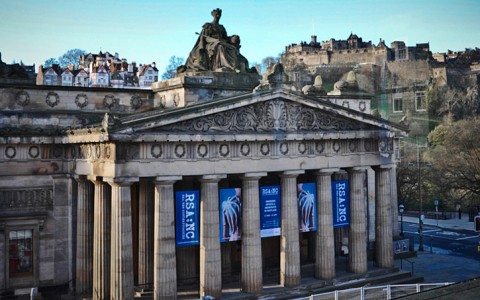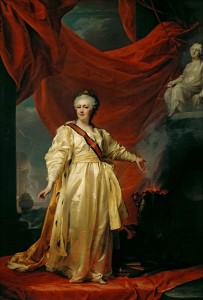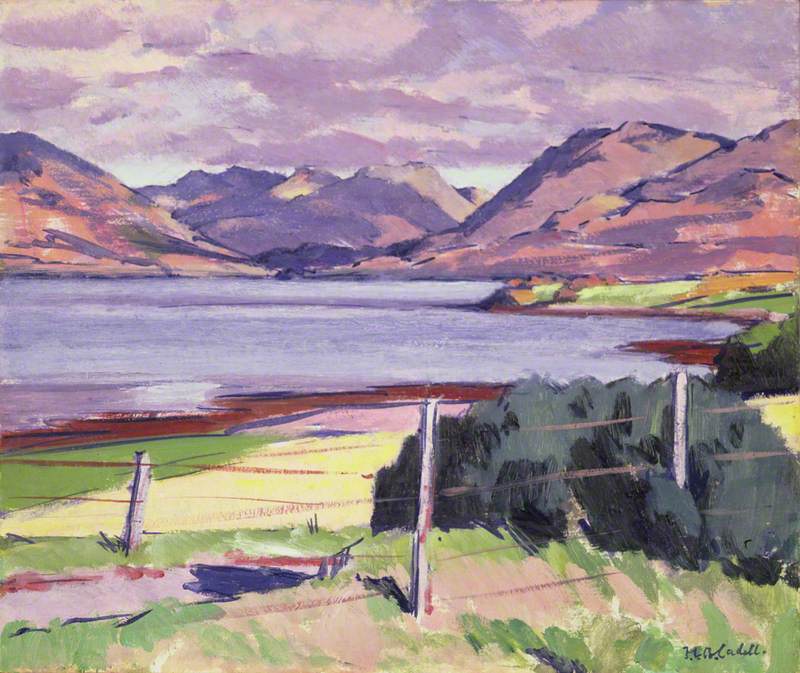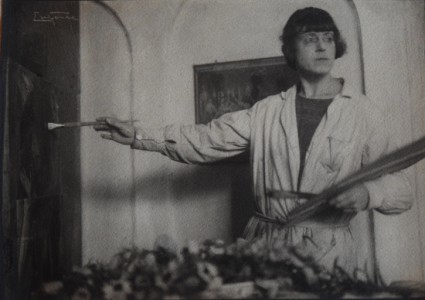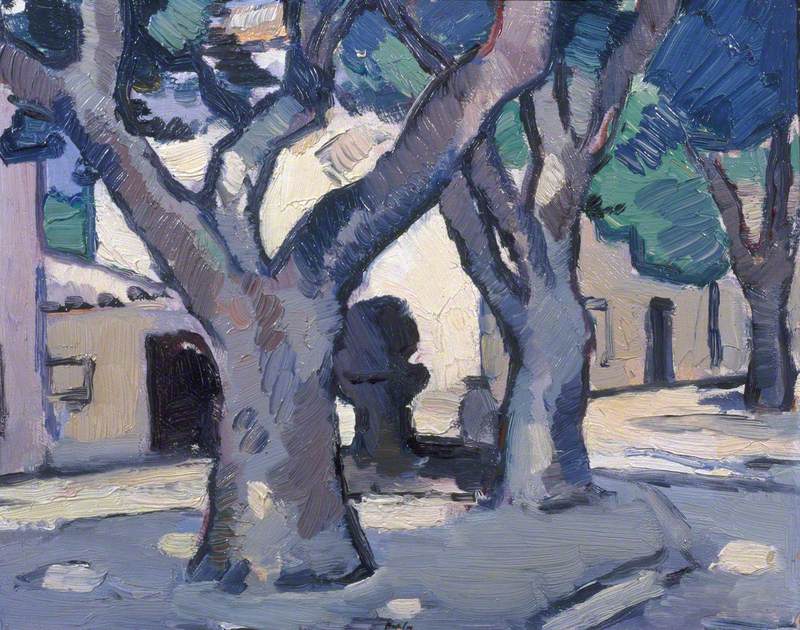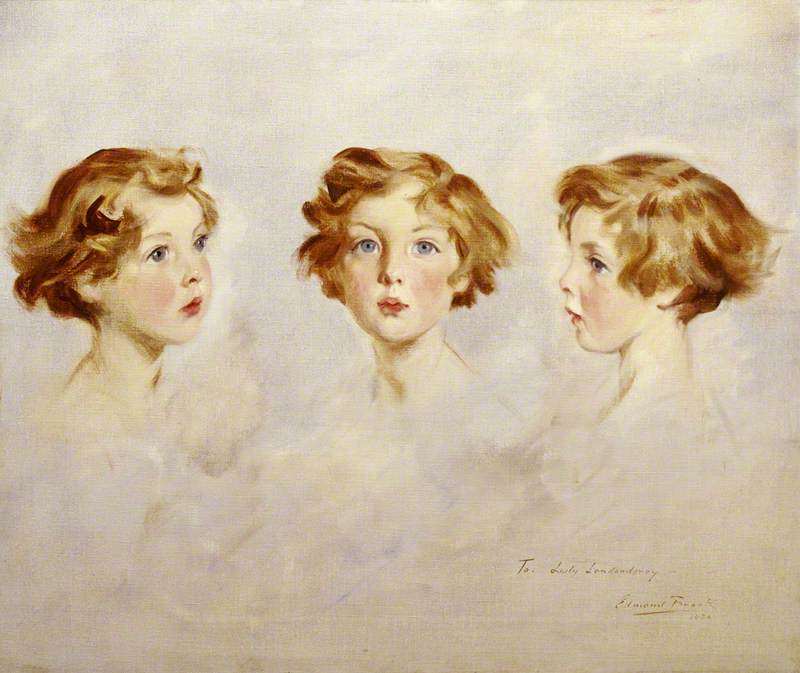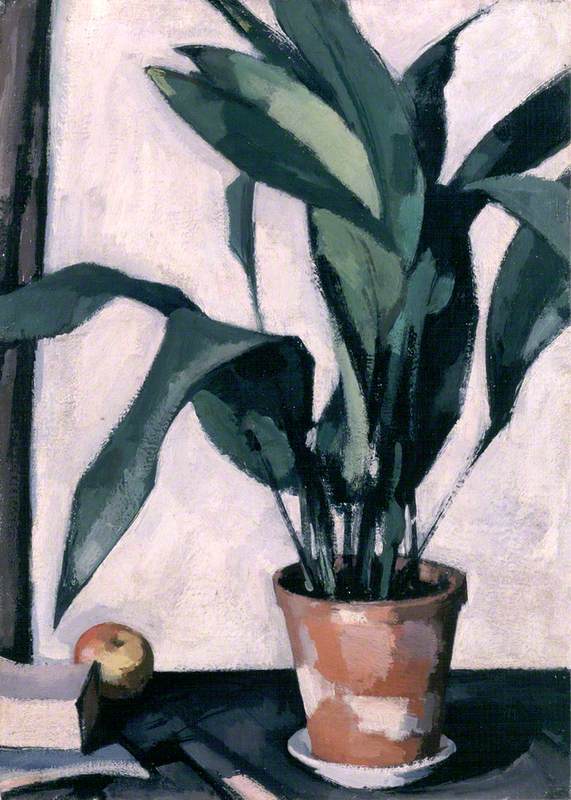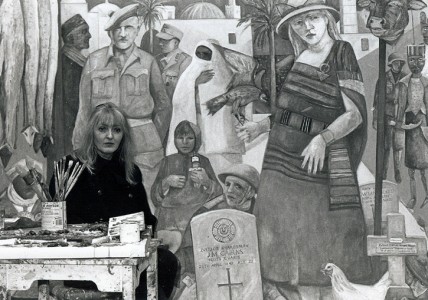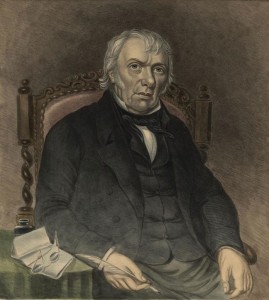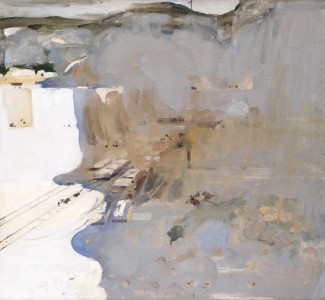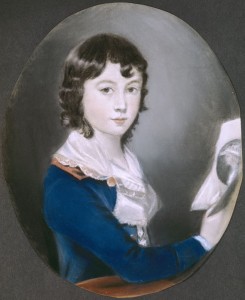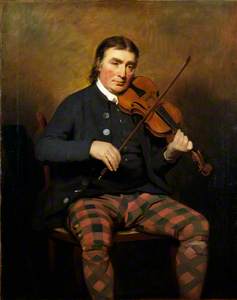Sir Henry Raeburn is especially well known in Scotland as the outstanding portrait painter of members of the Scottish Enlightenment, bringing them to life through forceful characterisation, strong lighting and an expressive painterly touch. His work is notably well represented in the collections of The National Trust for Scotland and in the National Galleries of Scotland – both at the Portrait Gallery and National Gallery in Edinburgh.
However, as Art UK demonstrates so successfully, for the first time it can be seen that Raeburn’s portraiture is well represented in public collections throughout Scotland and indeed across England and Wales. Scrolling through the website, well over 300 paintings are listed in nearly 100 collections, a tally from which I would argue that a quarter of the works are not by Raeburn, being either copies or erroneous attributions.
In Scotland the artist’s work is particularly well represented in Glasgow Museums, the Hunterian Art Gallery, University of Glasgow, Aberdeen Art Gallery & Museums as well as the University of Edinburgh. In England, important – but hitherto little-known, as they are usually in storage – groups of his paintings belong to Tate, the National Portrait Gallery, London and National Museums Liverpool.
A fine group of Raeburn’s works that are under-appreciated but remarkably still in their original location are those displayed at Trinity House (Historic Scotland) in Leith, the global port adjacent to Edinburgh.
Admiral Adam Duncan (1731–1804), 1st Viscount Duncan of Camperdown
1798
Henry Raeburn (1756–1823) 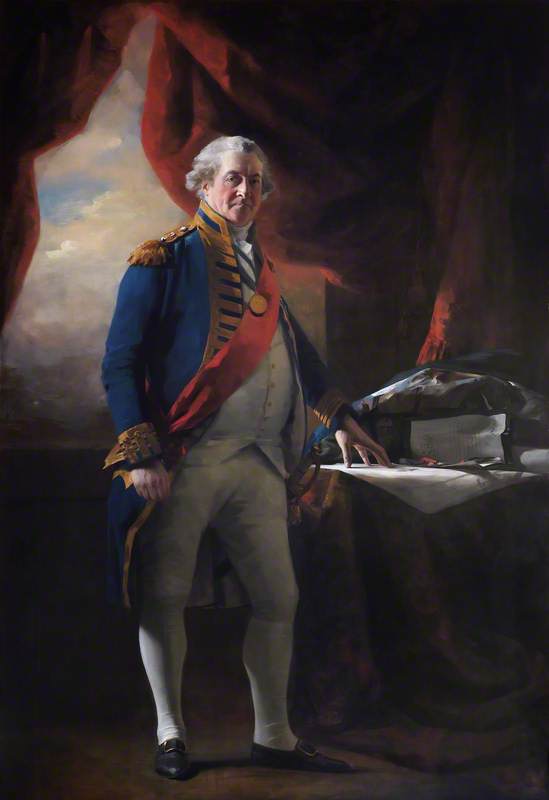
Pre-eminent is the magnificent full-length from 1798 of Admiral Adam Duncan (1731–1804), 1st Viscount Duncan of Camperdown, where the hero of the wars against revolutionary France is shown planning a decisive naval action. Of great interest for the history of the port of Leith is the three-quarter-length seated portrait of Peter Wood (1749–1846), a whaleship owner from Leith, who is shown resting his right hand on a narwhal tusk.
Raeburn was the guarantor for the debts of the failed shipping business, Henry Raeburn and Company, that collapsed at the end of 1807, owing over £36,000, leaving the artist bankrupt, and as a result having to paint portraits and act as a property developer to pay off his creditors for the rest of his life.
Reverend Dr Robert Walker (1755–1808) Skating on Duddingston Loch
1795
Henry Raeburn (1756–1823) 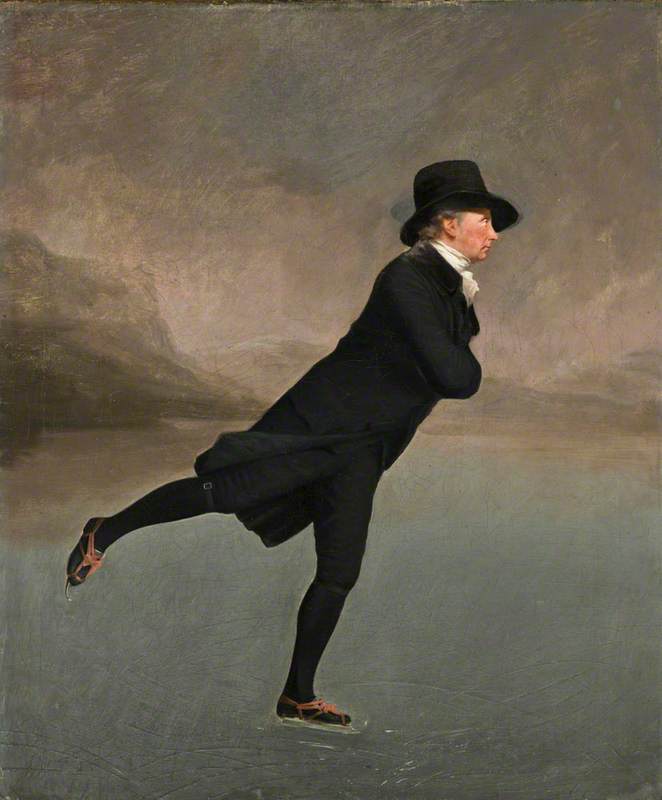
The most famous painting associated with Raeburn, depicting Reverend Dr Robert Walker (1755–1808) Skating on Duddingston Loch, also known as ‘The Skating Minister’ a damaged and restored work acquired cheaply at auction in 1949 by the Scottish National Gallery, has long had its attribution doubted by many observers on account of its unusual small-scale format and the artificially balletic posture of the silhouetted figure gliding over the frozen loch.
I have argued elsewhere (The Burlington Magazine, July 2005) that a more likely painter of this sporting portrait is the versatile French émigré artist, Henri-Pierre Danloux, who was active in Scotland during the late 1790s. Recent images of the picture taken with x-radiography and infrared reflectography certainly demonstrate emphatically that the painting is utterly alien to Raeburn’s normal mode of underpainting, where lead white paint is heavily used to lay in the facial features, and which is mostly absent in ‘The Skating Minister’. The vast majority of independent authorities on European painting around 1800 reject the traditional Raeburn attribution and are supportive of the proposed Danloux reattribution.
The representation on Art UK of Raeburn’s remarkably vivid body of portraiture in collections across Britain, reminds us of his extraordinary facility as a painter and the great empathy he had for his sitters, whether men of action, Edinburgh’s intellectuals, Glaswegian merchants profiting from the West India trade, or nabobs returning from the East India Company.
The portraitist is equally adept in his endlessly varied and sympathetic portrayals of his contemporaries, whether of playful brothers (The Macdonald Children at Upton House, National Trust), inspired young women (Girl Sketching at Sudley House, National Museums Liverpool) or dignified older women (Mrs Anne Campbell at Glasgow Museums Resource Centre).
Art UK reveals fully the extent of his artistic achievement in British public collections across the United Kingdom.
Dr Stephen Lloyd, Curator of the Derby Collection, Knowsley Hall, Merseyside

